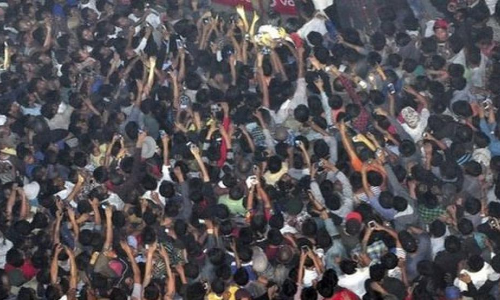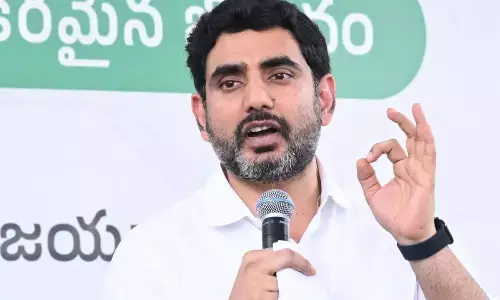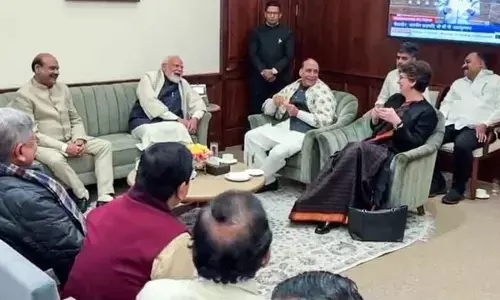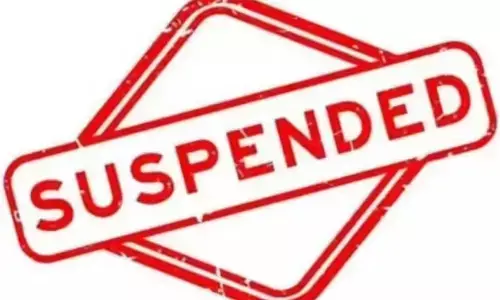Operation Sindoor was effective, measured, proportionate and non-escalatory

In less than half an hour, 24 Indian missiles struck nine terror camps, killing 70 terrorists in Pakistan and Pakistan-occupied Kashmir. The precision and deadliness of the attack by our armed forces were certainly impressive. Carried out from 1:05 am to 1:30 am on May 7, jointly by the Indian Army, Navy, and Air Force under the codename Operation Sindoor, the strikes destroyed terror infrastructure. They caused grief to Maulana Masood Azhar, the head of the banned outfit Jaish-e-Mohammad (JeM). BBC Urdu reported him saying that 10 members of his family and four close associates were killed in the attack on the Subhan Allah Mosque in Bahawalpur. Four points need to be made here. First, unlike Balakot in 2019 when the efficacy of IAF action was questioned, this time there is no room for any skepticism. The JeM leadership itself has accepted the damage. International observers have also acknowledged the fatalities among terrorists and the decimation of their infrastructure. Second, India has effectively communicated to the global community that the operation was measured, proportionate, and non-escalatory.
In a carefully crafted press briefing, Foreign Secretary Vikram Misri, accompanied by Colonel Sophia Qureshi and Wing Commander Vyomika Singh, emphasised that only terror infrastructure was targeted. “The strikes avoided Pakistani military assets and civilians. They were exclusively focused on terrorist bases and launchpads,” Misri stated. This clear articulation of India’s intent and strategy has helped allay fears of escalation while reinforcing India’s right to self-defense under international law. Col Qureshi highlighted a significant strategic shift, noting that for the past three decades, Pakistan has systematically built a network of terror infrastructure—ranging from recruitment centers and training facilities to staging areas for infiltration. “This operation was aimed at dismantling that network and preventing future terror attacks against India,” she said. By targeting these assets directly, India has disrupted the logistical and operational backbone of cross-border terrorism. Misri further explained the rationale behind the timing of the operation, linking it to intelligence inputs suggesting impending attacks following the April 22 massacre in Pahalgam, where several Indian civilians were killed. “Our response was guided by the need to deter future attacks and dismantle the ecosystem that enables them,” he added.
Third, despite India’s restraint and surgical precision, a retaliatory response from Pakistan is likely. Historically, such actions have provoked tit-for-tat moves, and India must be fully prepared for any counteraction, whether conventional, covert, or cyber. Finally, India must sustain its campaign against Pakistan-sponsored terrorism through diplomatic, political, economic, and other means. Isolating Pakistan internationally, cutting off trade links, applying financial sanctions, and lobbying global forums like the Financial Action Task Force (FATF) and the UN are the critical next steps. The military option, though effective in this case, is only one part of a broader, long-term strategy. Also, the Narendra Modi government must ensure that there is no slackness in terms of defence preparedness. In February, Air Chief Marshal A.P. Singh expressed displeasure at the public sector Hindustan Aeronautics Limited (HAL) for the delay in handing over the Tejas fighter aircraft. The government should ensure that our armed forces don’t face such constraints. In a nutshell, Operation Sindoor is a defining moment in India’s fight against terrorism. It signals a more assertive, calibrated, and multi-pronged approach that combines military might with strategic communication and international diplomacy.




















